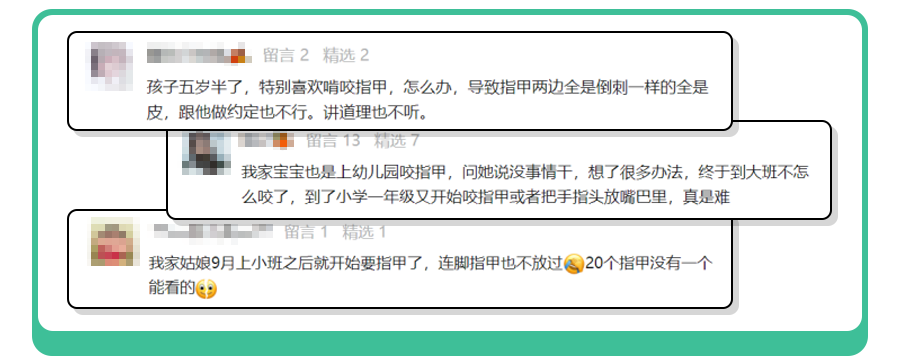Is Mr. Cui the safe?How can children safe to sun protection?
Author:Huayong injury prevention Time:2022.08.16

This summer, high temperature continues, and sunscreens are necessary. So, what is so safe for sunscreen with different ingredients? How should children sunscreen?
Let's first understand the types of sunscreen
There are many main ingredients we use our daily sunscreen, but usually sunscreen can be divided into two types: chemical sunscreen and physical sunscreen, each of which protects the skin in different ways.
Chemical sunscreen, it absorbs the harmful ray of the sun, just like a sponge. On the labels of these sunscreens, you often see active ingredients such as Oakhlin, Disenidol methane, oxygenzoxy, and di metharhydrane.
Physical sunscreen, sunscreen blocking and reflecting the harmful rays of the sun, just like a shield. On the labels of these sunscreens, you will find titanium dioxide or zinc oxide, or both, and are listed as active ingredients. These sunscreens may leave visible white coating when applying it on the skin.
The chemical components in sunscreen have always attracted the attention of the human body. In June 2019, the "Journal of the American Medical Association" (JAMA) published a research report on the absorption of the body's chemical composition of sunscreen. The report shows that the chemicals in some sunscreens are absorbed very high, especially these four chemicals -asrtyl, oxide, ten -carbon ticolic acid, and binitenne. To this end, it is worth further studies on the impact of sunscreen on human health.
However, researchers pointed out that this research is mainly a study of chemical composition in sunscreen, which concludes that further further research needs to be done on sunscreen. Sun protection is still necessary in our lives. Excessive exposure to the sun has proven to have a very significant risk for health, including sunburn, skin damage and skin cancer. To this end, researchers should continue to promote the use of sunscreen while conducting further research.

So, which sunscreen is safe for children?
For a long time, the suggestions given by pediatricians and dermatologists to use physical or mineral sunscreens (sunscreen containing titanium dioxide or zinc oxide) for young children and people with dry skin or eczema. It is not recommended to use spray -type sunscreen, which may be inhaled.
Chemical sunscreen is still considered safe, for older children and people with healthy skin. Any sunscreen is safer than exposed to the sun without a protective land. Chemical sunscreen should be applied 30 minutes before the sun, SPF15 or more.
Sun protection and protection of babies under 6 months
Baby sun protection principles of less than 6 months should avoid direct sunlight. Move your baby to a cool place under the tree of trees, umbrellas or infant tugs. Wear light clothes covering the arms and legs for babies, and use hats covering the neck to prevent sunburn.
When there are not enough clothing and a cool place, parents can apply a small amount of SPF (sunscreen) sunscreen with a value of not less than 15, but it is not recommended to do it often. Because at this time your baby's skin is more allergic than adults. To this end, if there is no way to avoid the sun, it is possible to apply a small amount of sunscreen for babies of less than 6 months, such as a baby's face and back of the hand. Remember, you can try a small amount at the back of the baby before applying to see if the skin becomes red and allergic. At the same time, remember that it takes 30 minutes to take effect.
If the baby is sunburned, a cold compress can be performed in the sunburn area.
Children's sunscreen safety tips
The first way to resist harmful ultraviolet radiation (UVR) is also the best line of defense. Try to stay in a cool place and avoid going out or restricting sunlight from 10 am to 4 pm at the highest intensity period.
Choose clothes made of tightly woven fabrics. Cotton clothes are cool and protective. Try to find a wide -side hat to cover the cheeks, chin, ears and necks. Sunglasses with ultraviolet (UV) protection function are also a good way to protect children's eyes.
Apply SPF Level 15 or above to the area where the child's skin is not covered by clothes. Before applying, test whether there is a allergic reaction on the child's back. Carefully apply around your eyes to avoid your eyelids. If a rash occurs, please consult a pediatrician.
Be sure to apply enough sunscreen to cover the exposed skin.
Apply sunscreen every two hours, and you need to re -apply sunscreen after swimming or sweating.
If your child's sunburn causes blisters, pain or fever, please contact the pediatrician.
*All pictures in WeChat are from the Internet
- END -
Frequent bite nails, 9 -year -old boy almost amputation!Use these 5 methods, let the baby bite

Some time ago, the University of Science and Technology wrote an article about nai...
save money!IntersectionIntersectionCan children's safety seats 0-12 be used for 12 years?

On the market, we have seen a lot of children's safety seats labeled aged 0-12 and...